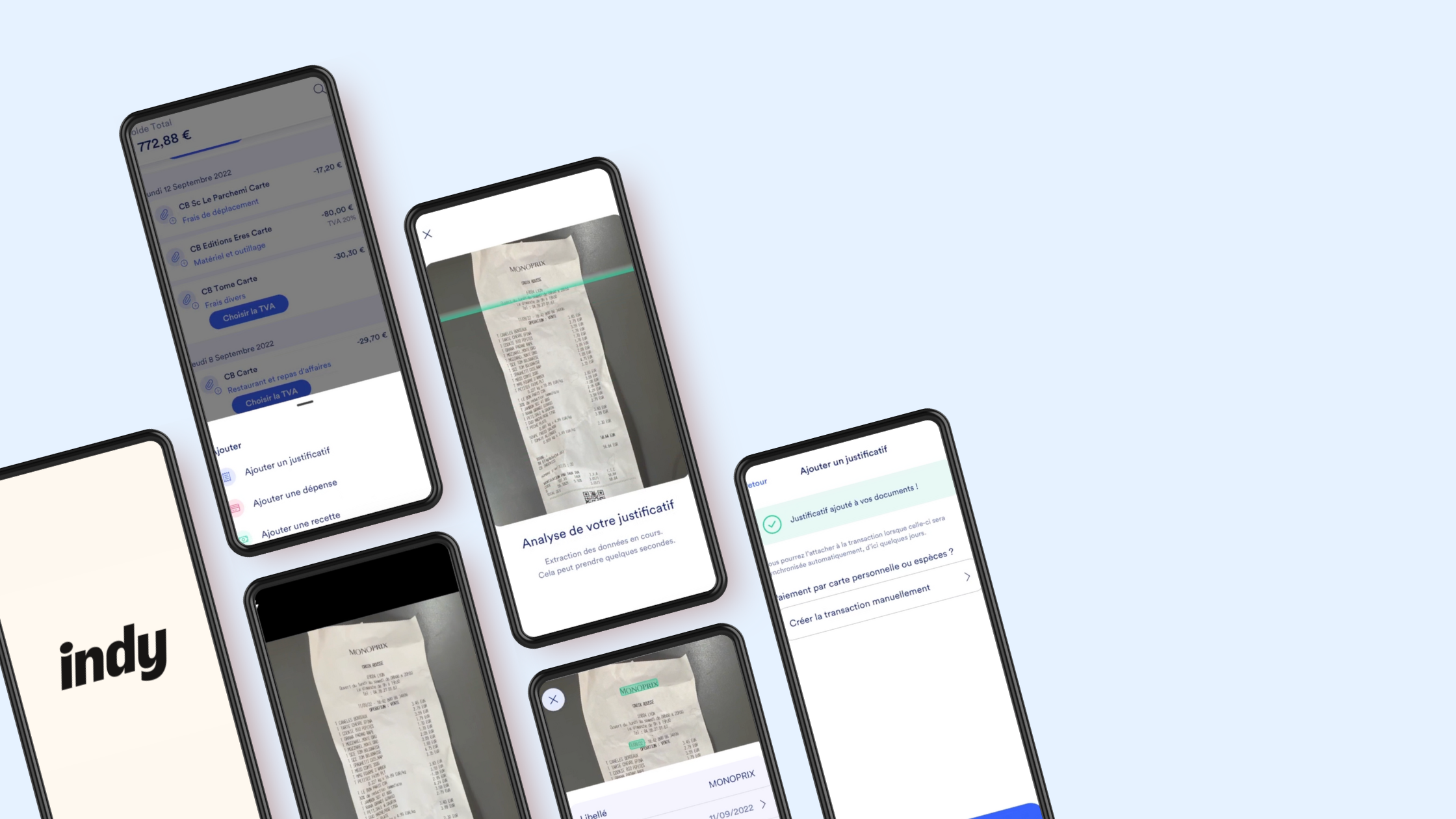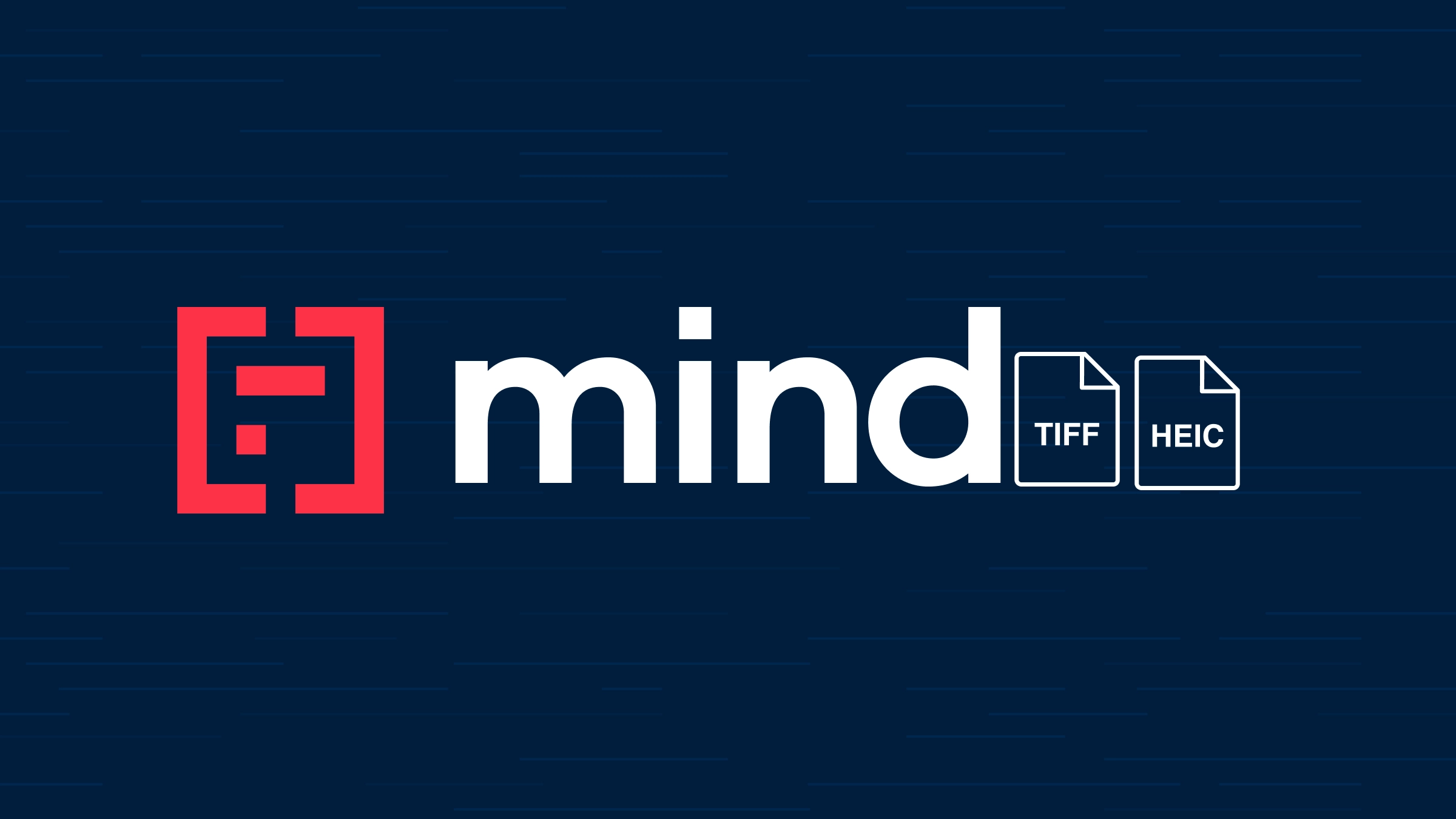The original podcast, as well as the text (both in French), are here.
When an accounting enthusiast meets a fan of algorithms, managing expense reports is no longer a chore. Vincent Porcel, product manager of Lucca’s Cleemy, and Jonathan Grandperrin, co-founder of Mindee, talk about the origin of their tech partnership and its perspectives.
What is the impact of AI on user experience?
VP: In the case of Cleemy [Lucca’s expense management application], it’s fairly radical. Instead of entering their expenses, users take a photo and the algorithm does the rest. It’s particularly interesting when joined up with reconciliation, or immediately calling the transactions to automatically compare them with the receipt photos.
If we look at the details, the performance of the technology has a big impact. For example, the image recognition motor we used before Mindee read the receipts correctly, but took 12 seconds to give a result. That restricted us to offering an asynchronous user experience, which meant that the user would take photos of their receipts, one after the other. Then we would redirect them to a gallery where they would see all the photos gradually pass to “processed”.
Mindee’s engine takes less than half a second. We’re therefore going to change the user experience so that it is real-time. The user will see the creation of the expense in real time and the gallery will be history.
You don’t need to be an expert to realize that research in deep learning is very fertile. I recognized the potential of AI when I started using Google Translate again after having fallen out of love with it years before. Four or five years ago, its translated texts were terrible (or hilarious, depending on how you look at it), but the results are now intelligible and sometimes elegant.
How did Lucca manage to see the potential of artificial intelligence for expense management? (at 6:05 minutes)
VP: We had already seen that statistical approaches didn’t perform well enough. Our old search engine didn’t use AI technology and we sensed that its performance had peaked.
Once we realized that, we started digging and learned that deep learning performs particularly well when applied to cases linked to images. And when we dug a little more, we realized that deep learning algorithms work fast. From a mathematical standpoint, they are matrix calculations, which are also used to calculate 3D images. Because a personal computer can run a heavy video game, we felt the technology had potential with regards to precision as well as execution speed.
It’s an interesting situation: AI automates certain tasks, which goes above and beyond the improvement of user experience. Good AI creates a new usage where human effort can be put to service of something higher!
Why did you reach out to a young startup (with no clients at the time) rather than create a dedicated research team at Lucca? (at 8:14 minutes)
VP: I had met Jonathan two years before and he got in touch when he founded Mindee. We were interested because for a mid-sized developer like Lucca, with a team of about 150, it’s difficult to create an AI R&D team. First of all, it’s not our specialty. At Lucca, we’re specialists in business management processes and how to translate them into software, with a highly specialized modeling of the process and ergonomy. Linear algebra really isn’t our subject.
Recruiting a team of data scientists when we don’t have specialized knowledge of this branch is difficult. The profiles are rare, and how do you know which ones to get?
Also, the problems that AI can solve effectively generally only correspond to one part of a software solution. Automatically extracting information from expense receipts is a clear usage, but it’s only a part of expense report management. There’s also accounting, rules around expense validation, approvals, interfaces with banks.
Having a partner capable of managing a squad of brilliant data scientists is a more appealing approach.
How did the Lucca – Mindee collaboration happen? (at 10:04 minutes)
VP: We started with a long session to get up to speed with the mathematical and scientific concepts behind AI and make our debut with tools like Tensorflow. It was important to be able to speak the same language before getting into the heart of the subject.
The next phase of the project required an extended collaboration between technological and business experts. We know expense reports, we know what’s important and what isn’t important on the images, how to segment them, and how to interpret certain results. And we especially had a stock of hundreds of millions of receipt images we could use to train an AI. The goal of the project went beyond development to branch Mindee’s algorithm on Cleemy.
JG: We develop technology that allows users to extract information from all types of documents. We needed a complex use case. What was appealing about Cleemy is that its users don’t necessarily take good photos of their receipts. Some of them are fuzzy, and on others, the paper is wrinkled. It was a big challenge for us.
The close proximity with the Cleemy teams was also very important. They housed us, took us through the R&D phase, shared their business expertise with us, and gave us receipt photos.
At the beginning, we asked for a small sample of data (between 5 and 10000 receipts) to analyze. We created a code library that allowed us to train our algorithms and find the right approach. Next, we asked Cleemy to send us 100,000 receipts to finalize the training. We then agreed on the way to work together.
VP: For us, it was important that Mindee provide a service rather than code, as it’s easier for them to open the hood and get into the gears of the machine.
JG: We quickly realized that sharing such complex expertise – how to train algorithms, evaluate them, and put them into production – didn’t work and that businesses were glad to have a long-term partner. Everything is hosted by Mindee, we’re responsible for it all and if it doesn’t work, it’s our fault.
What are the next steps for AI in the management of expense reports? (at 15:50 minutes)
VP: We’ve got years of material to work through with Mindee just for expense reports. There are things that could be very useful for end users: review AI prediction zones by coloring the image, for example (like with a highlighter), extracting new data like addresses, send alerts when a reimbursement request doesn’t correspond to the data extracted by AI. The possibilities are vast, both for expense report management and for saving work that has no interest. Reading a receipt and recopying is just boring!
By going further, we can couple this with multiple data sources, such as calendars. By adding other algorithms, we can imagine that the expense report will write itself. The user will intervene only when the machine says it’s unsure. The expense report is therefore made obsolete as a process. We’ll just keep the administrative part with validators that will decide whether the expenses are justified.
JG: The performance of artificial intelligence is a big subject because we must bring its performance closer and closer to that of human beings. Now we’re just going to the approval, pure and simple, where before we had processes that took a great deal of time.
Want to see how you can speed up your business management processes with AI? Try Mindee for free now.



